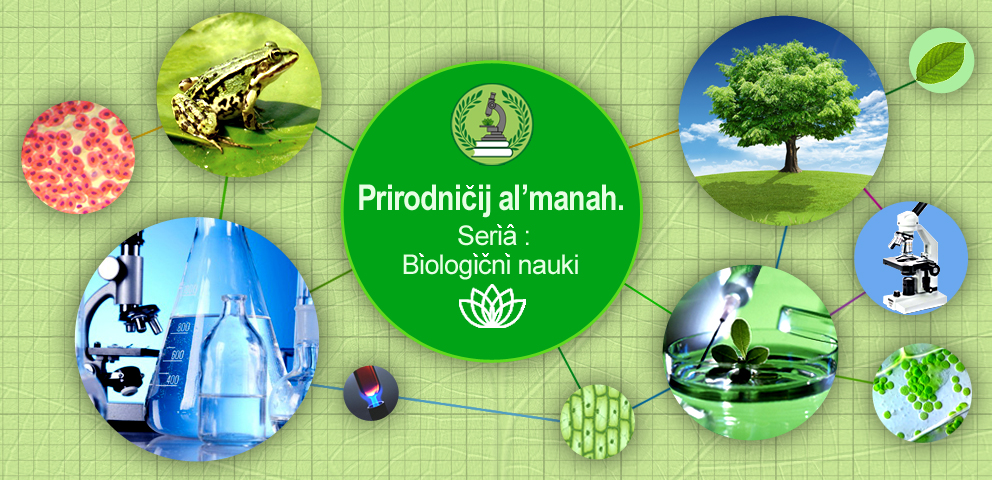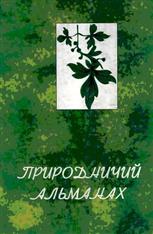ASSESSMENT OF THE EFFECT OF CARBON MONOXIDE DONOR (CORM-2) ON BLOOD CLOTTING RATE UNDER CONDITIONS OF IMMUNE RESPONSE
M. V. Vysochanska, S. P. Beschasnyi, O. M. Hasiuk
Abstract
The balance between the liquid state support of the blood and the thrombus formation process depends on the activity of plasma factors and thrombocytes. In a vascular injury condition, thrombocytes form a thrombocyte plug, vasoconstriction and, further, take part in the restoration of the tissues. Reducing the clotting function of thrombocytes is a current problem. The search for agents - modulators of thrombocyte activity - is a promising area of research.
Compounds - gas-transmitters can be used to model the activity of thrombocytes hemostasis. Carbon monoxide (CO) gas belongs to this group as well. CO in very low concentrations affects in a different way the process of apoptosis, stimulates calcium-dependent potassium channels, and changes the activity of mitochondria. To investigate the effect of CO on blood clotting rate, laboratory mice were injected with the compound CO donor (CORM-2). This substance was
administered separately during the inductive and productive phases of the immune response. The dynamics of the immune response were measured by IgA, IgM and IgG immunoglobulin levels. It was found that blood clotting was intensified under the influence of CORM-2 (20 mg/kg). Especially, the increase was during the productive phase. At the end of the experiment, the percentage of megakaryoblasts in the total population of thrombocyte precursors decreased in
the bone marrow of animals (to which CORM-2 was administered). Against this background, an increased content of megakaryocytes was found in the group that received CORM-2 during the productive phase. In the group that received CORM-2 during the inductive phase, in addition to an increase in megakaryocyte levels, there was an increase in thrombocyte levels. The group that received CORM-2 during the productive phase also had a predominance of metamegakaryocytes and reducing of thrombocyte amount.
References
2. Бесчасний С.П. Найдьонов М.М., Гасюк О.М. Реакція мастоцитів на перфузію серця розчином інтерферону. Природничий альманах. Біологічні науки: зб. наук. праць. 2015. № 22. С. 4-11.
3. Adach W, Olas B. The role of CORM-2 as a modulator of oxidative stress and hemostatic parameters of human plasma in vitro. PLoS One. 2017;12(9):e0184787
4. Bilban M, Bach FH, Otterbein SL, Ifedigbo E, d'Avila JC, Esterbauer H, Chin BY, Usheva A, Robson SC, Wagner O, Otterbein LE. Carbon monoxide orchestrates a protective response through PPARgamma. Immunity. 2006;24:601-610. DOI: https://doi.org/10.1016/j.immuni.2006.03.012
5. Brouard S, Otterbein LE, Anrather J, Tobiasch E, Bach FH, Choi AM, Soares MP. Carbon monoxide generated by heme oxygenase-1 suppresses endothelial cell apoptosis. J Exp Med. 2000;192(7):1015-1026. DOI: 10.1084/jem.192.7.1015
6. Balasubramanian A, MacIntyre NR, Henderson RJ, Jensen RL, Kinney G, Stringer WW & Porszasz J. Diffusing capacity of carbon monoxide in assessment of COPD. Chest. 2019;156(6):1111-1119. DOI: https://doi.org/10.1016/j.chest.2019.06.035
7. Briggs C, et al. “ICSH Guideline for worldwide point of care testing in haematology with special reference to the complete blood count”. International journal of laboratory hematology. 2008;30.2:105-116.
8. Beschasnyi S, Hasiuk O. CO-Releasing Molecule (CORM-2) in the regulation of Ca2+ -dependent K+-permeability of erythrocyte. JMBS. 2020;5(2):166–171. DOI: https://doi.org/10.26693/jmbs05.02.166
9. Coburn RF, Blakemore WS, Forster RE. Endogenous carbon monoxide production in man. J Clin Invest.1964;42:1172-1178.
10. Juszczak Michał, et al. DNA damage and antioxidant properties of CORM-2 in normal and cancer cells. Scientific Reports. 2020;10.1: 1-12. DOI: https://doi.org/10.1038/s41598-020-68948-6
11. Magierowska K, Magierowski M, Hubalewska Mazgaj M, Sliwowski Z, Ginter G. Carbon monoxide released from its pharmacological donor, tricarbonyldichlororuthenium (II) dimer, accelerates the healing of preexisting gastric ulcers. Br J Pharmacol. 2017;174(20):3654–3668. DOI: 10.1111/bph.13968.
12. Rose JJ, Wang L, Xu Q, Mc Tiernan CF, Shiva S. Carbon monoxide poisoning: pathogenesis, management, and future directions of therapy. Am J Respir Crit Care Med. 2017;195(5):596-606. DOI: 10.1164/rccm.201606-1275CI.
13. Ryter SW, Alam J, Choi AM. Heme oxygenase-1/carbon monoxide: from basic science to therapeutic applications. Physiol. Rev. 2006;86:583–650. DOI: 10.1152/physrev.00011.2005.
14. Sener A, Tran K, Deng JP, et al. Carbon monoxide releasing molecules inhibit cell death resulting from renal transplantation related stress. J. Urol. 2013;190: 772–778. DOI: 10.1016/j.juro.2012.12.020.
15. Sokolenko VL, Sokolenko SV. Manifestations of allostatic load in residents of radiation contaminated areas aged 18–24 years. Regulatory Mechanisms in Biosystems. 2019;10(4):422-431. DOI: https://doi.org/10.15421/021963
16. Sokolenko VL, Sokolenko SV. Parameters of lipid and oxidative-antioxidant status in persons aged 18-23 from radiation-contaminated areas under conditions of moderate physical activity. Physical Education of Students. 2020;24(5):293-303. DOI: https://doi.org/10.15561/20755279.2020.0506
17. Song AB, David J Kuter, Hanny Al‐Samkari. Characterization of the rate, predictors, and thrombotic complications of thrombocytosis in iron deficiency anemia. American Journal of Hematology. 2020;95.10:1180-1186.
18. Vo, Quyen T, Dennis F Thompson. A review and assessment of drug-induced thrombocytosis. Annals of Pharmacotherapy. 2019;53.5: 523-536.

